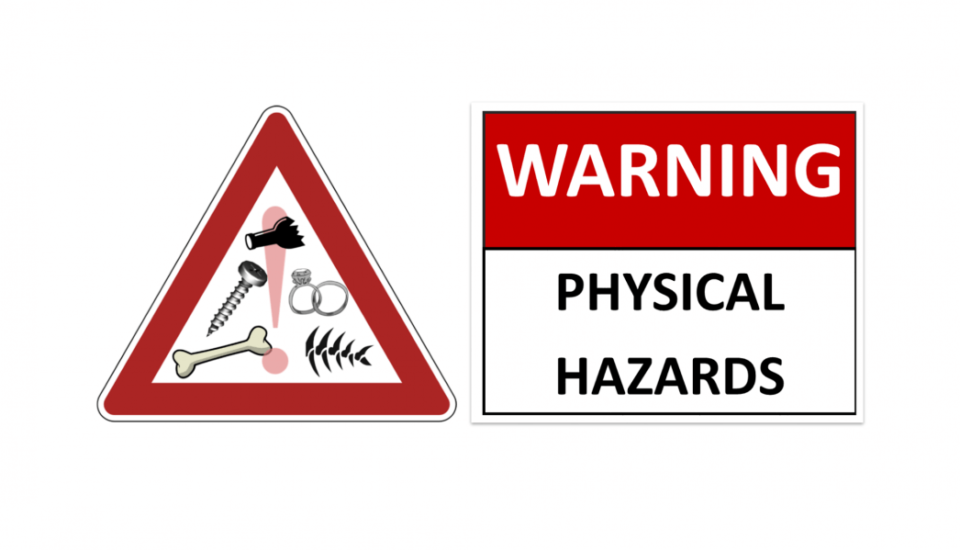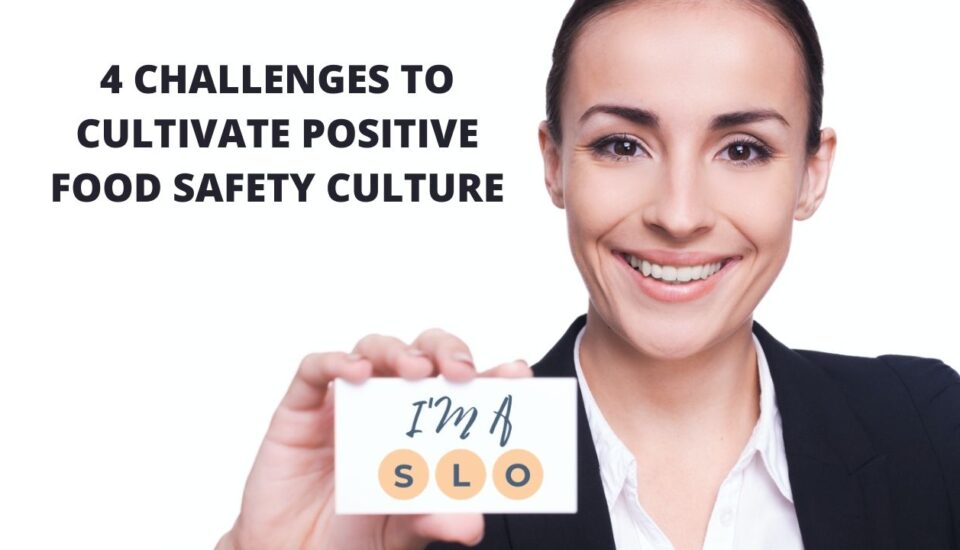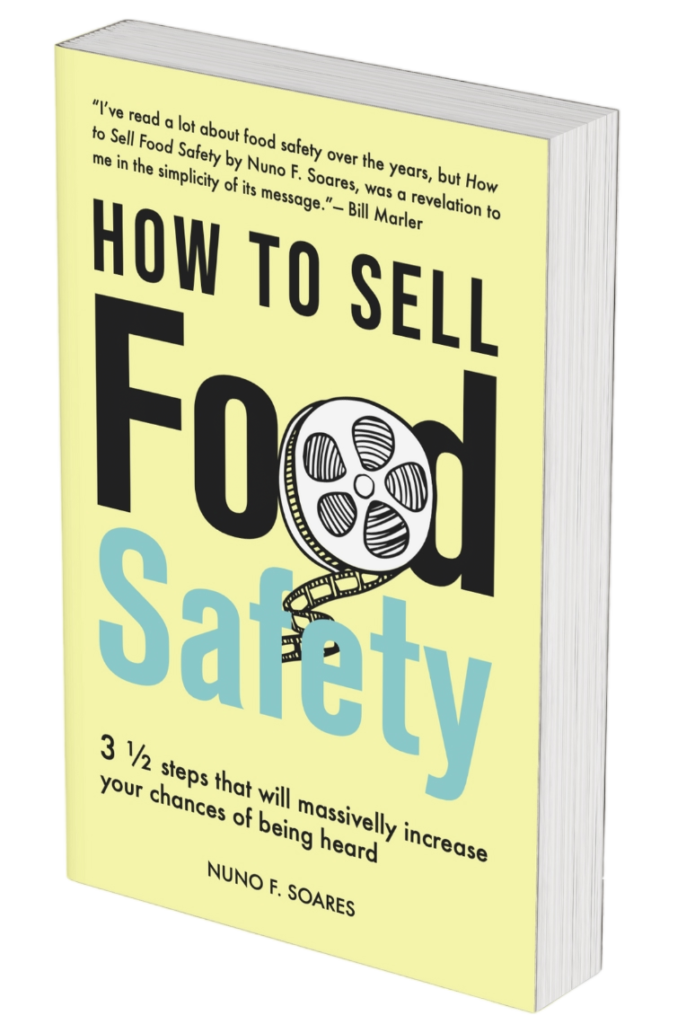
I dream about a day when my smart refrigerator shares product expiration date with me, not a label data but a specific expiring date for each food product that is stored within. This expiration date would be calculated according to the farming conditions of its raw materials, the specific conditions and operations done by the industry and how it was held during transport and retail. Most importantly, it will alert me as soon as any of my food is under a market recall.
Walmart has given the starting shot to what can be the future of food products traceability. Recently on September 24th, 2018 Walmart announced a new blockchain-enabled Walmart Food Traceability Initiative that will increase transparency in the food system and create shared value for the entire leafy green farm to table continuum. In a nutshell all the direct suppliers have until Jan 31, 2019 to conform to one-step back traceability using IBM Food Trust network. Walmart is then expecting that the suppliers work within their suppliers to enable end-to-end traceability back to farm on the blockchain network by September 30, 2019.
“IBM Food Trust is a blockchain systems that consists in digitizing information’s about the food supply chain in a way that is indelible and in a way that is searchable so we can have instant access to records that we can have faith in.” (Ali Bouzari – Culinary Scientist & Educator)
Join me on a short tour on how blockchain can be used to improve food traceability.
WHAT IT IS?
The first concept I want to clarify is that blockchain is a technology, not a product. Using this technology companies can develop products that can use its characteristics to provide solutions for their needs. It is a relatively complex technology created in 2009 to support cryptocurrencies like bitcoins (still the most famous use of blockchain technology) and this association is so in depth in people minds that sometimes it is confused as to being the same thing. Only more recently, since 2015, people are starting to look to its potential for other uses.
If we consider that blockchain technology’s main purpose is to record chronologically any transaction or movement of an asset, in a digital ledger and in a decentralized manner (data maintained on a network of computers – nodes – instead of any central entity or single database), it becomes very clear the benefits that it can bring to the food industry and particularly to traceability. These digital ledgers are organized in chunks of data (blocks) that are protected by cryptography and hash keys (created by a math function that takes digital information and generates a string of letters and numbers from it). Every new block must have the hash key of the previous block creating a chain that can be traced back to the original block.
In this Reuters visual guide you can find a good explanation of how it works: SEE GRAPHIC EXPLANATION.
Major benefits for food industry
Transparency and decentralization in the information
The information introduced is shared with all the participants (nodes) so that everyone has a complete copy of the database. This also adds protection since even if one node is taken out or data compromised/corrupted it can be fixed by other node in the network.
Immutable data
With blockchain technology you cannot delete information. If you tamper with the content of a block the hash key changes breaking the chain since the next block still has the old hash. Hacking the blockchain is very difficult and consumes enormous computer power.
But in the case of errors, how does this technology handle this? In this case, you cannot erase but you can append new data; i.e. information cannot be deleted but can be updated but everyone in the network will know about it – what was the original information and what changed. Changes are evident, identifiable and accountable, so they can be traced back to the author.
Standardized business language
Businesses must come together to decide which information to exchange and define standards in communication information about traceability integrating the various business information systems with GS1 standards.
WHERE DO WE STAND NOW?
The first thing that must be clear to you is that we are in the preliminary stages of adopting blockchain technology to food traceability. As presented above, Walmart’s decision is a good example of what business may face in the future. There is little doubt in my mind that a blockchain-based farm to fork traceability system implementation (and its speed) will be mostly dependent on big retailers’ decisions.
It is a reality that although some solutions have been developed to integrate traceability in the supply chain nothing has (until now) scaled and reached full potential. This may be in part because our days are characterized by a loss of confidence in systems that are managed and governed in a centralized manner. As Frank Yiannis (Walmart) pointed out, “We are still working with a 20th century traceability system. If you think about the food system it is pretty complex and the way traceability is done today, each segment of the food system does it its own way, most do it on paper or on system that don’t speak to each other”, said Walmart VP for food safety.
The Walmart Food Traceability Initiative is the first big project that is not a pilot scale approach and may work as a benchmark for the future dissemination of this new traceability system. As follows, many other institutions are also testing the use of blockchain technology:
Albert Heijn (Dutch supermarket chain – Orange juice)
Kerala government (Indian state – purchase and distribution network of milk, vegetables and fish)
Port of Rotterdam (Dutch port – insight into the conditions of the load, such as its temperature and humidity)
Carrefour (French retailer – implement a global food traceability standard across all of the links in the chain
I believe that blockchain technology is far from being a trend, but rest assured that it will not solve all supply chain traceability problems. The old rule “garbage in, garbage out” is totally applicable and therefore its success will always be dependent on the accuracy and reliability of the information introduced in the network.
Cryptocurrencies vs Business blockchain
The totally public and anonymous approach in which blockchain technology is used for cryptocurrencies is not feasible for business. A balance between the transparency required by the consumers (and promoted by blockchain principles) and maintaining secret some of the information that companies exchange when doing business together must be accomplished for companies join this system. In Business/Private blockchain it must be ensured that unauthorized participants don’t have access to transaction data and that some type of multi-level security network is implemented.
The consensus required in an open blockchain (as for cryptocurrencies) for approval of any transaction and any change in the information must be adapted to a more selective endorsement approach (or even automated), controlling exactly who revises transactions and allowing greater volumes and faster speeds.
WHAT TO EXPECT IN THE NEAR FUTURE
Until now we have been presenting blockchain technology as a solution for organizations to improve their traceability systems and therefore reduce the time required to identify the source of a product in case of a product recall. There are additional unforeseen positive outcomes that organizations and consumers can benefit from this enhanced traceability system. Being faster and more accurate to identify the source will reduce significantly foodborne illness scares, food waste and organizational reputation damage.
During foodborne outbreaks it is very common for authorities to publicly alert consumers to avoid consuming the product in question without specifying the exact source or lot of the problematic product since they don’t know that for days, weeks, or even months (!). This means perhaps tons of products are removed along the supply chain (and even wasted if we are talking about perishable food) and all companies that work with that kind of product suffer losses. This is because consumers have the tendency to avoid buying the product completely, independent of the company which is responsible for the outbreak (e.g. in the case of horse meat that was detected to be present in some frozen hamburgers in Europe; the consequence was that many consumers ceased buying frozen hamburgers altogether, at least for a while).
A positive consequence is that consumers will be more secure of the provenance of products they are purchasing and organizations can benefit from it. If consumers are able to trace back the product to their sources and know that what is on the label can be trusted, they will be willing to pay premium price for special product characteristics (e.g. grass fed beef or seafood specific catching area).
Despite the great benefits of its use there are still some challenges to the dissemination of this solution worldwide.
One limitation would be the case where products are co-mingling from different sources as is usually the case for fruits which have multiple provenances but are sorted according with size to be send to retailers. Another complex issue will be the system governance. As presented above, business blockchain will not be entirely democratic as is free blockchain. Someone will have the control of who joins the network, what can be seen and who and how it validates transactions. What about food authorities? Will they promote and/or regulate the technology?
Another big hurdle will be the interoperability of the technology. First, how will it integrate with the several different business information systems. Secondly, how many blockchain-based traceability systems providers will exist? For instance, Walmart suppliers will have to join the IBM food trust network but what will happen if, in the future, other retailers use unassociated platforms? Will they have a common communication standard or will companies have manage several different software for different clients? All the above will also translate in increasing costs for the industry.
I believe that my dream will be achieved during my life time and blockchain is just another step in that direction. In the future this technology can certainly be integrated with the IoT and Industry 4.0 principles to provide consumers with unprecedented knowledge about the food they eat.
YOU CAN REACH THE AUTHOR AT:







